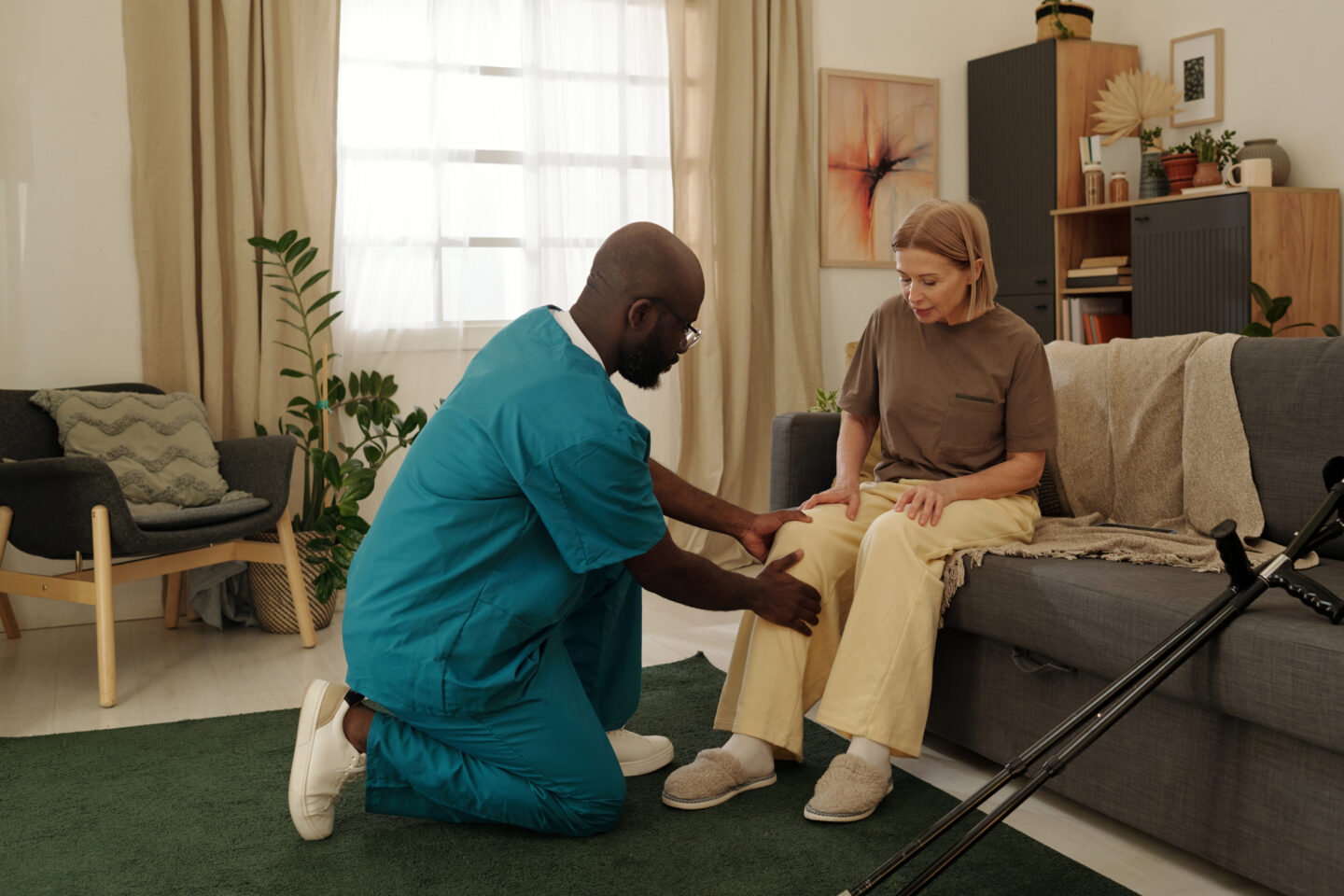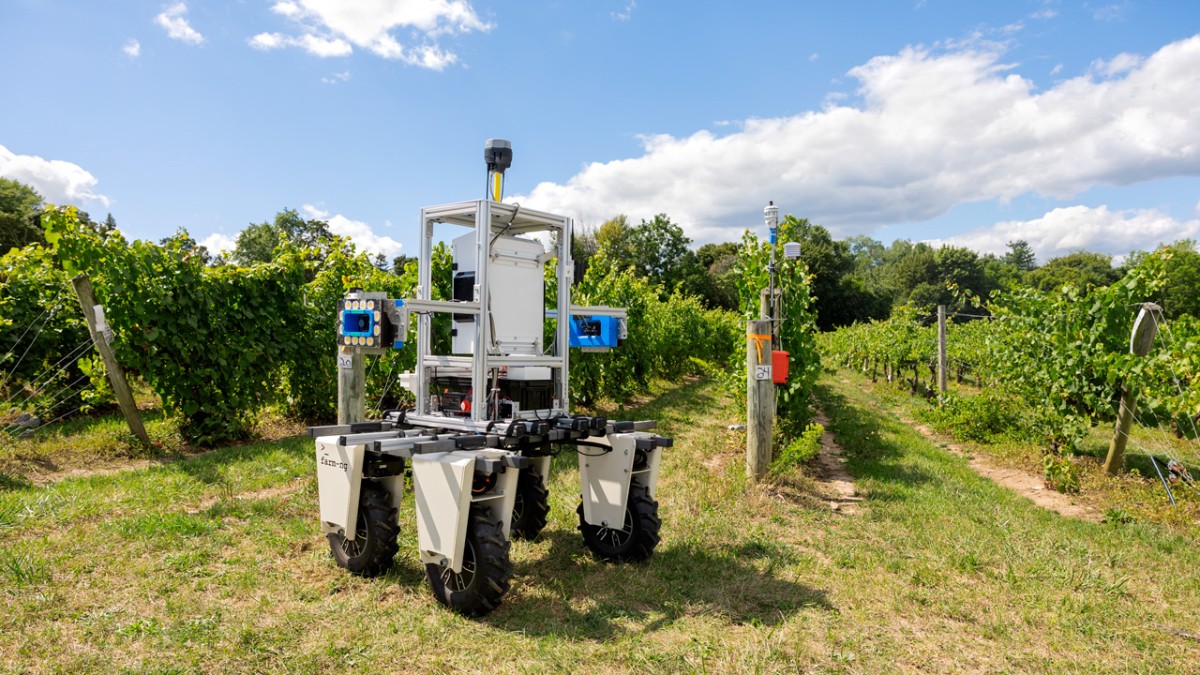
“I think it’s safe to say that you’re more accustomed to sitting where you are than I am to standing where I am. It’s the first talk I’ve ever given in a bar,” joked Jacobs Technion-Cornell Institute professor Deborah Estrin at the beginning of her lecture Transforming Health with Small Data.
The talk was organized by Raising the Bar, a new initiative aiming to infuse education into cities’ popular culture by arranging “knowledge-driven events” in bars. In this case, the event was hosted by Bo’s, a New Orleans-inspired restaurant in New York’s Flatiron district. Attendees sipped Cajun-style cocktails, as they sat listening at small tables.
Estrin, a self-described “technologist: an engineer in the age of things digital” focused on the ways in which we can use “small data”—the data generated through our individual daily digital activities—to learn how our short term choices are affecting our health in the long term.
Every time you use your smart phone—to click a link, to navigate on Google Maps, to watch a video on YouTube—all these experiences are generating data. As we collectively do more things online and on our phones, data is generated en masse, hence the term “big data.”
The result is that, nowadays, if a researcher wants to test a hypothesis, they do not need to generate new data; they simply need to find the best source for it.
Estrin describes the idea of “small data” as big data from a different perspective: “Small data is that same data, but it’s my data from across all those sites. It’s what I look at when I want to know what my daily patterns are.” From a high level, these patterns can shed light on our mental and physical well being.
Estrin points out that seven out of ten premature deaths and 86% of health care costs in the U.S. are due to chronic, rather than infectious, diseases. The four behaviors that lead directly to chronic illness are obvious: smoking, drinking, sedentary lifestyle and poor diet.
So what do we do about it? What can we do about it? The food system in the United States is getting worse; food is more processed. Sedentary jobs and commuting lifestyle promote a level of lack of activity.
This is where small data comes in. Says Estrin, “If these behaviors are the root cause of what we have a choice about in developing chronic disease, the opportunity that we have is to take this data, that Google, Netflix, Facebook use to try to get you what they want you to do, and use that small data to help you do what you want to do.”
Recently, there have been great advances in the area of genomics which have already taught the health community much about our complex biological systems. Genomics can indicate, among many things, which types of cancer a person is genetically predisposed to, or which medications they have a greater likelihood of responding well or poorly to. But genomics is not largely relevant to the four chronic-illness-inducing behaviors.
Estrin posits that, however morbid it may sound, small data can “help us fill the gap between what we’re born with and what we die from.”
By showing us the effects of our short term negative behavior over the long term, small data will help us close the feedback loop, allowing us to put technology to use to understand the implications of our day-to-day choices.





